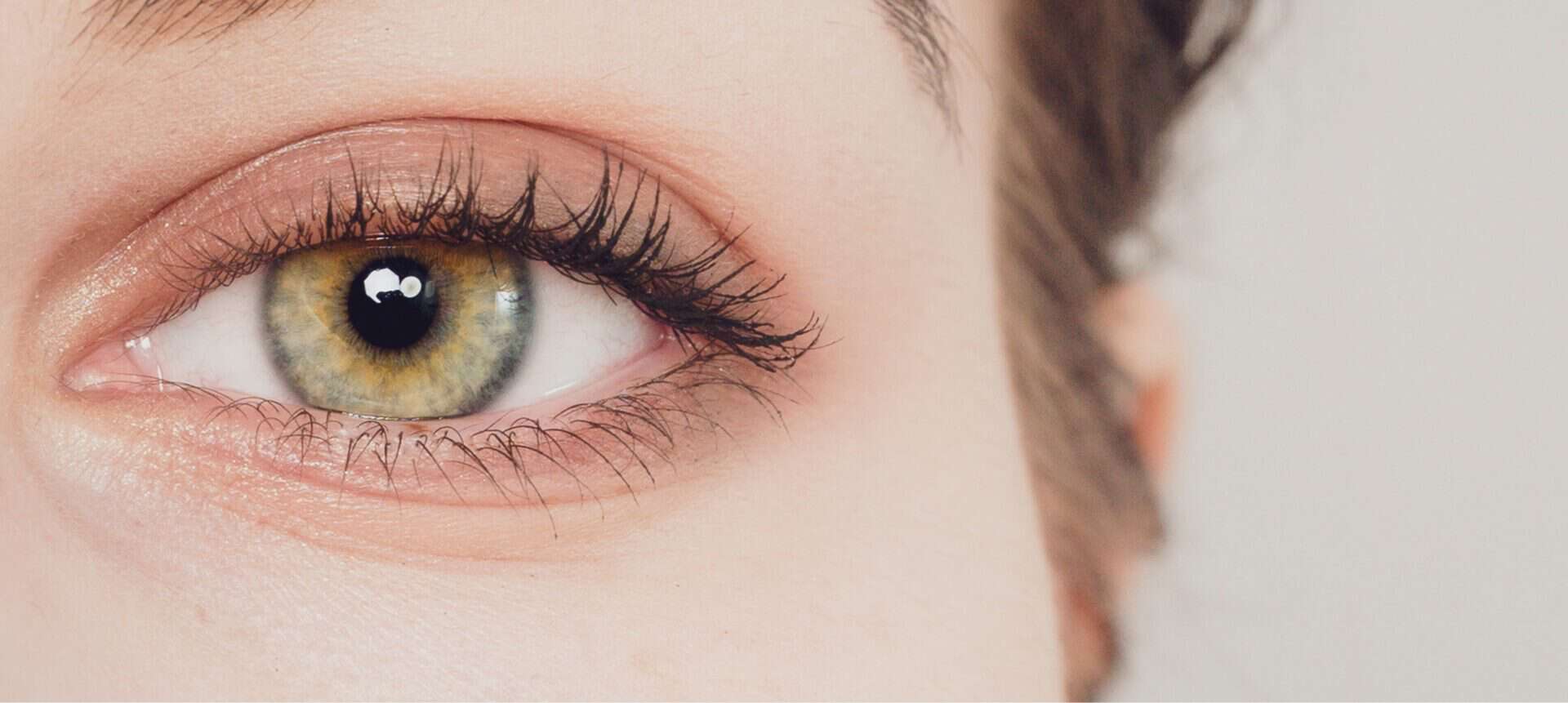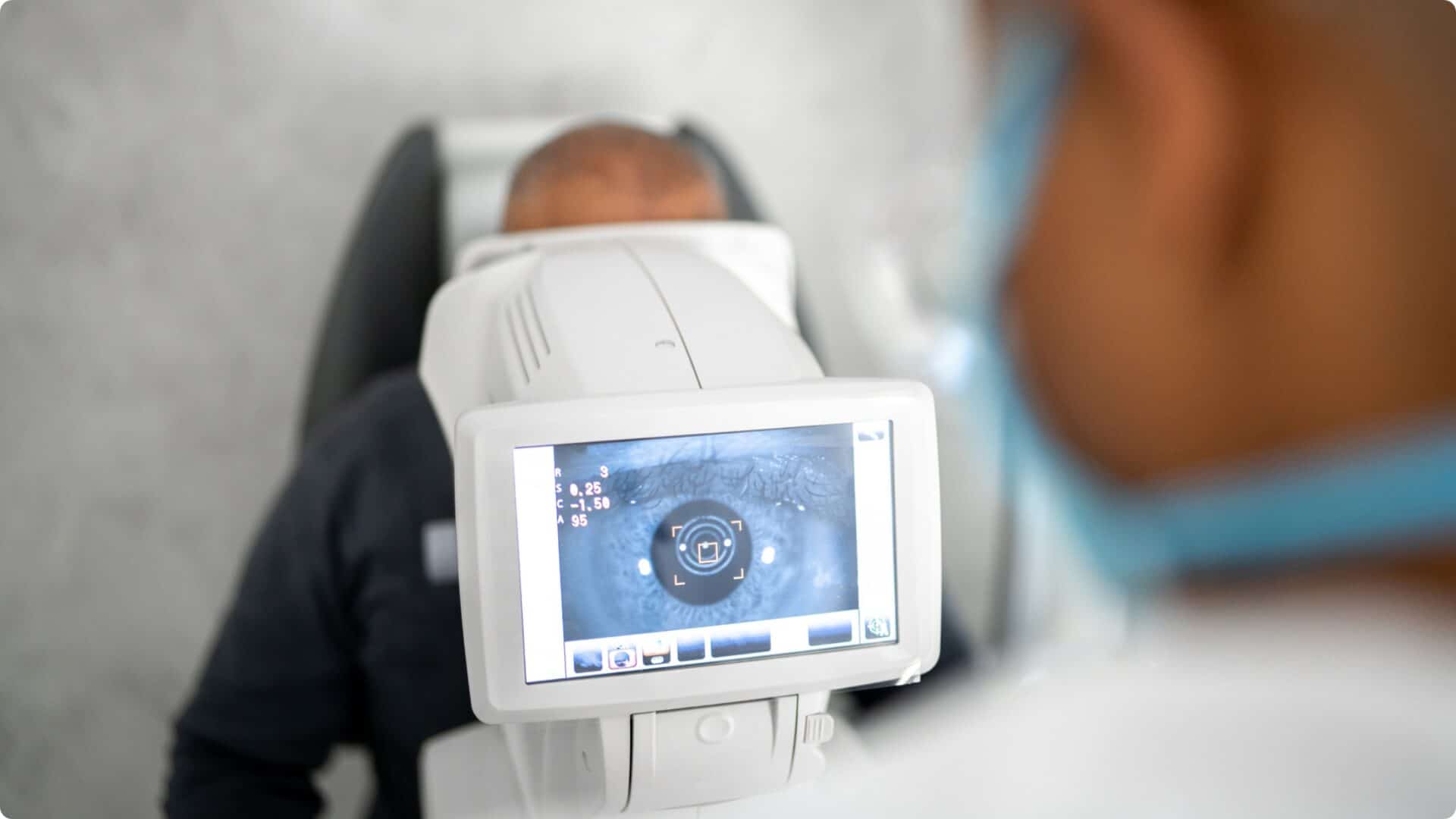Retinal Detachment
The retina is the thin layer of nerves that enables our brains to receive light and transform it into images.
We can think of it as wallpaper lining the inner surface of the globe. Sometimes, however, the retina separates from the eye wall, causing visual loss perceived as a dark shadow spreading centrally from around the edge of our vision.

Prior to this, it is common to see floaters and flashing lights. We call this separation a retinal detachment, and while the condition is most common in people over the age of 40, it can happen to anyone at any time.
Retinal detachments need to be treated quickly in order to prevent your vision from getting worse. Fortunately, they usually respond very well to surgery: the operation prevents further deterioration and should enable you to achieve a good level of vision afterwards, although this depends on whether or not the central vision has been damaged.

Frequently asked questions
What is retinal detachment, and why is surgery necessary?
Retinal detachment is a serious condition where the retina, the layer of tissue at the back of the eye that processes light, separates from its normal position. Without surgical intervention, this condition can lead to permanent vision loss. Surgery is necessary to reattach the retina to its proper place, helping to restore vision and prevent further deterioration.
What are the symptoms of retinal detachment, and how quickly should I seek treatment?
The symptoms of retinal detachment are often sudden and require immediate attention. These can include a rapid increase in floaters, flashes of light, and a shadow or curtain that appears to cover a part of the visual field. Quick treatment is essential; the sooner the retina is reattached through surgery, the better the chances are for recovering vision.
What can I expect during the recovery from retinal detachment surgery?
Recovery from retinal detachment surgery varies based on the procedure performed. Patients undergoing vitrectomy surgery with installation of a gas bubble who need to maintain a specific head position to help the retina reattach. Vision recovery can take weeks to months. You’ll have scheduled follow-ups to monitor the healing process.
How is retinal detachment surgery performed at Sapphire Eye Care?
Sapphire Eye Care offers several surgical options for retinal detachment, including pneumatic retinopexy, where a gas bubble is injected into the eye to push the retina back into place, scleral buckling, which involves attaching a band around the eye to push the walls of the eye against the detached retina, and vitrectomy, which removes the vitreous gel and replaces it with a gas bubble or oil. The presence of the gas bubble means that you cannot fly or travel to altitude until it has reabsorbed. It is also important to wear a wristband to warn other doctors that the gas is present, just in case you need an unexpected hospital admission. The procedure is typically carried out under local anaesthesia. The use of intravenous sedation can be discussed with your surgeon in clinic.
How successful is retinal detachment surgery at Sapphire Eye Care?
Retinal detachment surgery has a high success rate, particularly when performed promptly after the detachment occurs. While some patients may need additional treatment, most surgeries result in the successful reattachment of the retina, with many patients experiencing a significant return of vision.